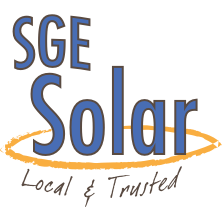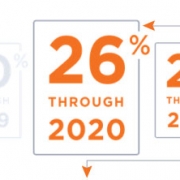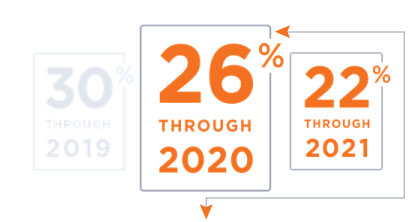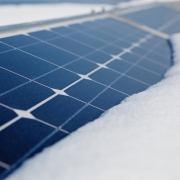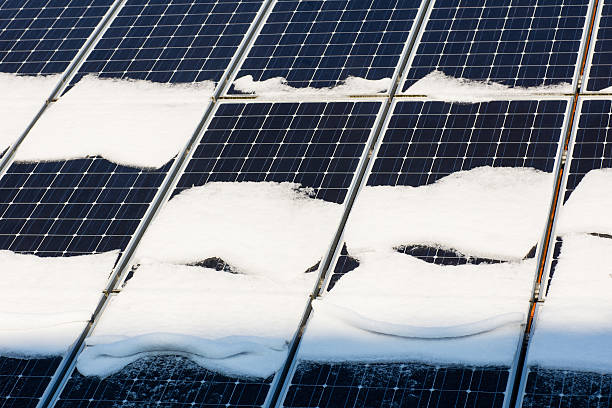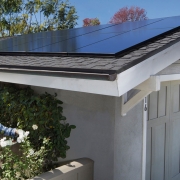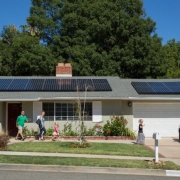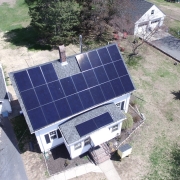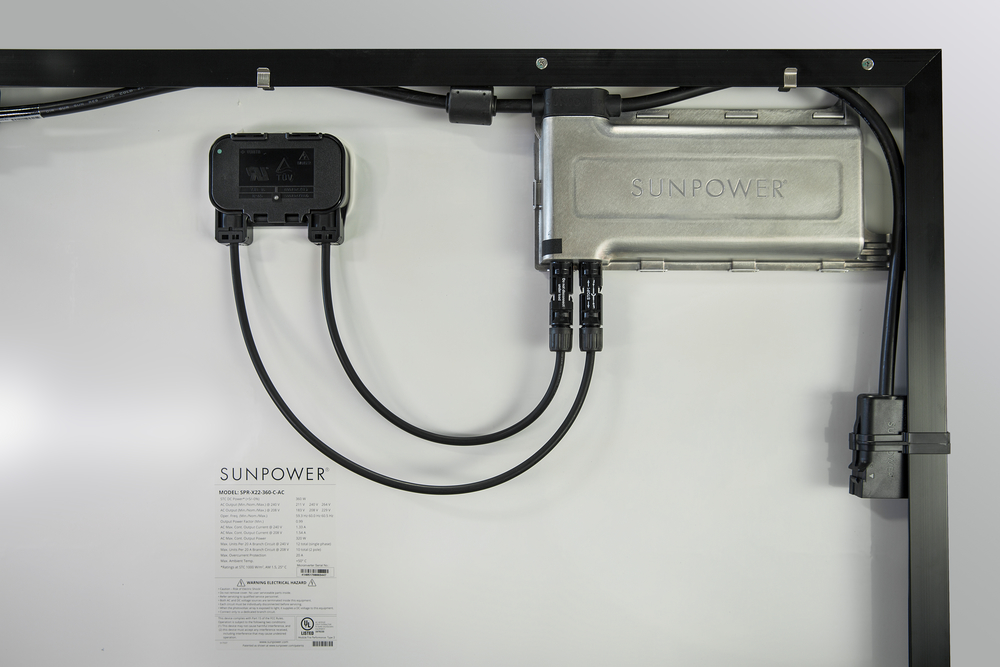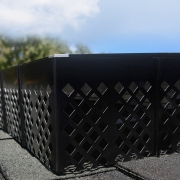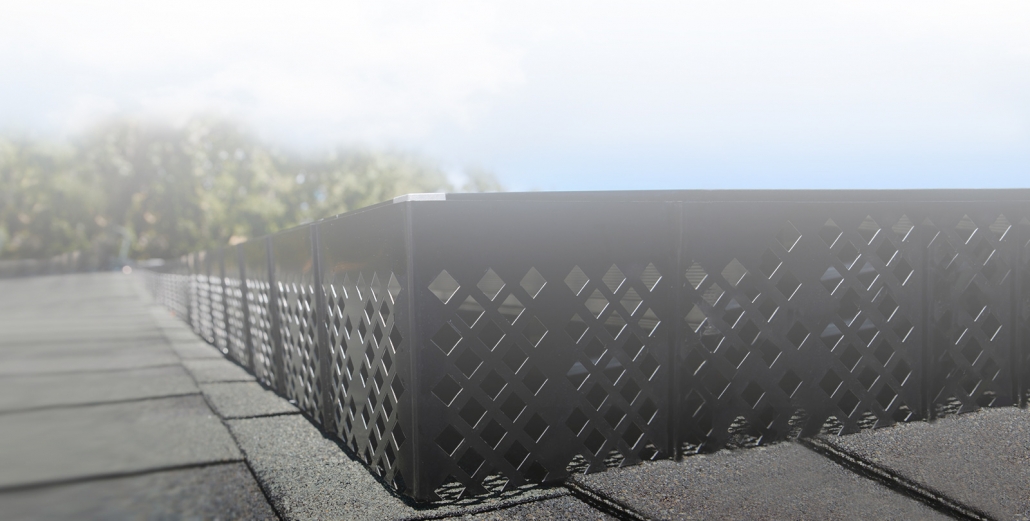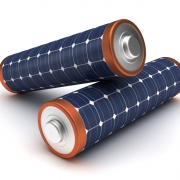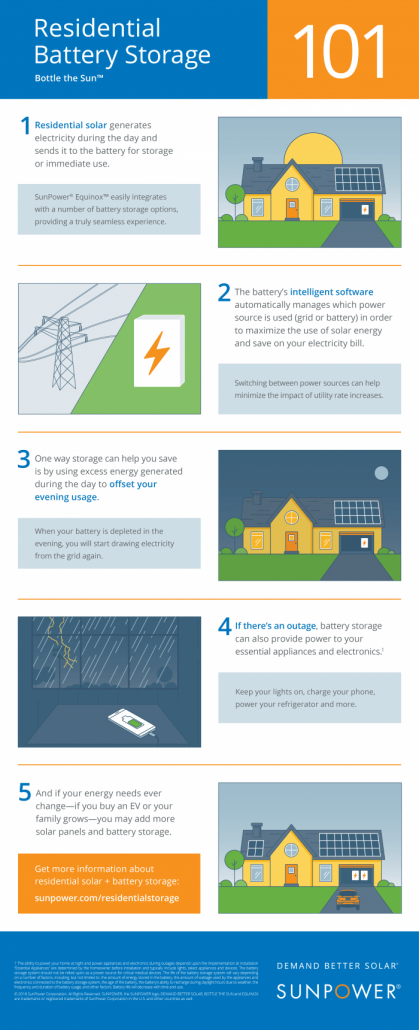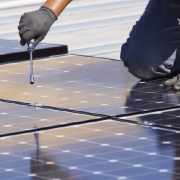Why you should make the investment in solar today
Massachusetts and Rhode Island currently hosts a variety of solar incentives for homeowners to reduce the cost of buying and installing your own solar panels. These include:
- Net metering: which gives energy credits back to homeowners when their solar systems are producing more energy than they use in a given day. For example, solar panels often produce the most electricity in the afternoon when energy consumption is low, so net metering allows utility companies to use this energy while it is being produced, then give customers an energy credit back at the going rate that they can use while their panels are not producing. It’s essentially using the grid as a battery.
- SMART Solar Incentive (Massachusetts): The SMART program pays customers back a fixed rate per kilowatt hour.
- Growth Solar Incentive (Rhode Island): The Growth (REG) Program pays customers a fixed rate at 29.6 per kWh for 15 years!
- 26% Tax Credit: The ITC Federal tax credit was extended (two-years). The ITC for solar customers was originally scheduled to drop from 26% in 2020 to 22% in 2021 and then phase out all together after 2022. But with the recent extension, you can get a full 26% rebate back on the total cost of the system! Make sure to start the process before time runs out and schedule gets full.

Here’s other reasons to go solar for your home:
- Drastically reduce or even eliminate your electric bills
- Earn a great return on your investment
- Protect against rising energy costs
- Increase your property value
- Boost U.S. energy independence
- Create jobs and help your local economy
- Protect the environment
